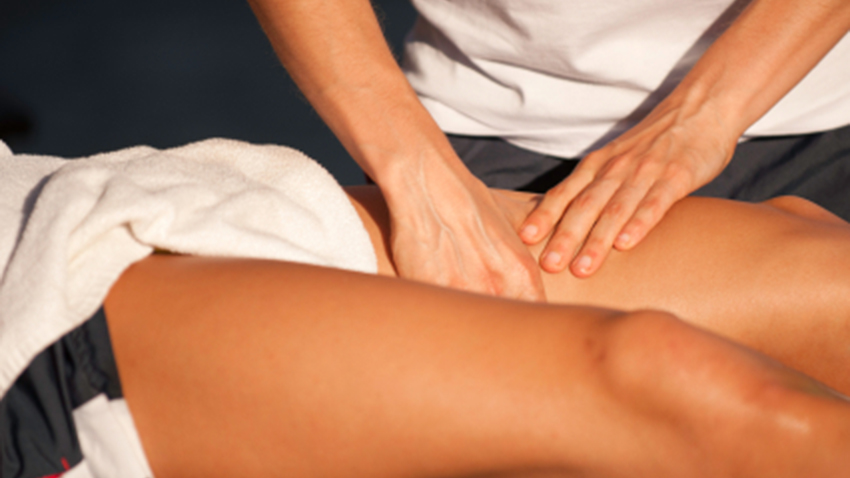Chronic Disease Education
Acute Condition Education
Working with your Family Physician
Working with Allied Care Providers
Whiplash & Massage Therapy

Knowledge is Power.
True/False - Quiz: Do You Understand Whiplash & Massage Therapy?
Information - Whiplash & Massage Therapy
 There are many causes of whiplash (also called a hyperextension injury). The most common cause of whiplash is car accidents. Whiplash occurs when the neck rapidly makes a whip-like motion, first bending towards and then away from the point of impact. This movement causes muscle or ligament sprain or strain to the neck.
There are many causes of whiplash (also called a hyperextension injury). The most common cause of whiplash is car accidents. Whiplash occurs when the neck rapidly makes a whip-like motion, first bending towards and then away from the point of impact. This movement causes muscle or ligament sprain or strain to the neck.
Whiplash Symptoms
In about 95 percent of cases, whiplash isn’t severe and causes slight muscle strain or sprain. You should see a healthcare provider immediately after a whiplash injury to avoid chronic problems, especially as whiplash starts in the neck but can later affect nerves and muscles in the arms and back. Whiplash symptoms include shoulder, neck and low back pain and stiffness and headaches.
How Massage Therapy Can Help
 Massage therapy can be a very effective treatment for whiplash, providing pain relief, preventing chronic complications, relieving muscular pain and increasing oxygen and nutrients to the tissues to speed the healing process. It can also be a great way to relax after a traumatic injury.
Massage therapy can be a very effective treatment for whiplash, providing pain relief, preventing chronic complications, relieving muscular pain and increasing oxygen and nutrients to the tissues to speed the healing process. It can also be a great way to relax after a traumatic injury.
• Friction-based massage can relieve pain and break up scar tissue
• Trigger-point massage can release tension in the muscles
• Myofascial massage can restore fluidity to the fascia for improved movement of muscles and ligaments
One of the key components of recovery after a whiplash injury is to stay active, and to stay engaged in your normal day-to-day activities. It's also important to listen to your body and modify your activities and your exercises based on how you feel. The majority of patients that have whiplash injuries can be treated with safe, non-invasive therapies. If you have a chronic injury, you may require a multi-disciplinary intervention, including psychotherapy, drug therapies and rehabilitation therapies with a physiotherapist.
Talk to your family physician if you'd like more information on whiplash and massage therapy.
Visit HealthChoicesFirst.com for more videos and resources on family health.
Print this Action Plan and check off items that you want to discuss with your healthcare provider
-
There are many causes of whiplash (also called a hyperextension injury). The most common cause of whiplash is car accidents.
-
In about 95 percent of cases, whiplash isn’t severe and causes slight muscle strain or sprain. You should see a healthcare provider immediately after a whiplash injury to avoid chronic problems, especially as whiplash starts in the neck but can later affect nerves and muscles in the arms and back.
-
Whiplash symptoms include shoulder, neck and low back pain and stiffness and headaches.
-
Massage therapy can be a very effective treatment for whiplash, providing pain relief, preventing chronic complications, relieving muscular pain and increasing oxygen and nutrients to the tissues to speed the healing process. It can also be a great way to relax after a traumatic injury.
-
One of the key components of recovery after a whiplash injury is to stay active, and to stay engaged in your normal day-to-day activities. It's also important to listen to your body and modify your activities and your exercises based on how you feel.



